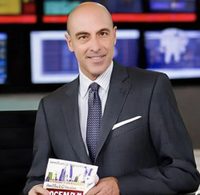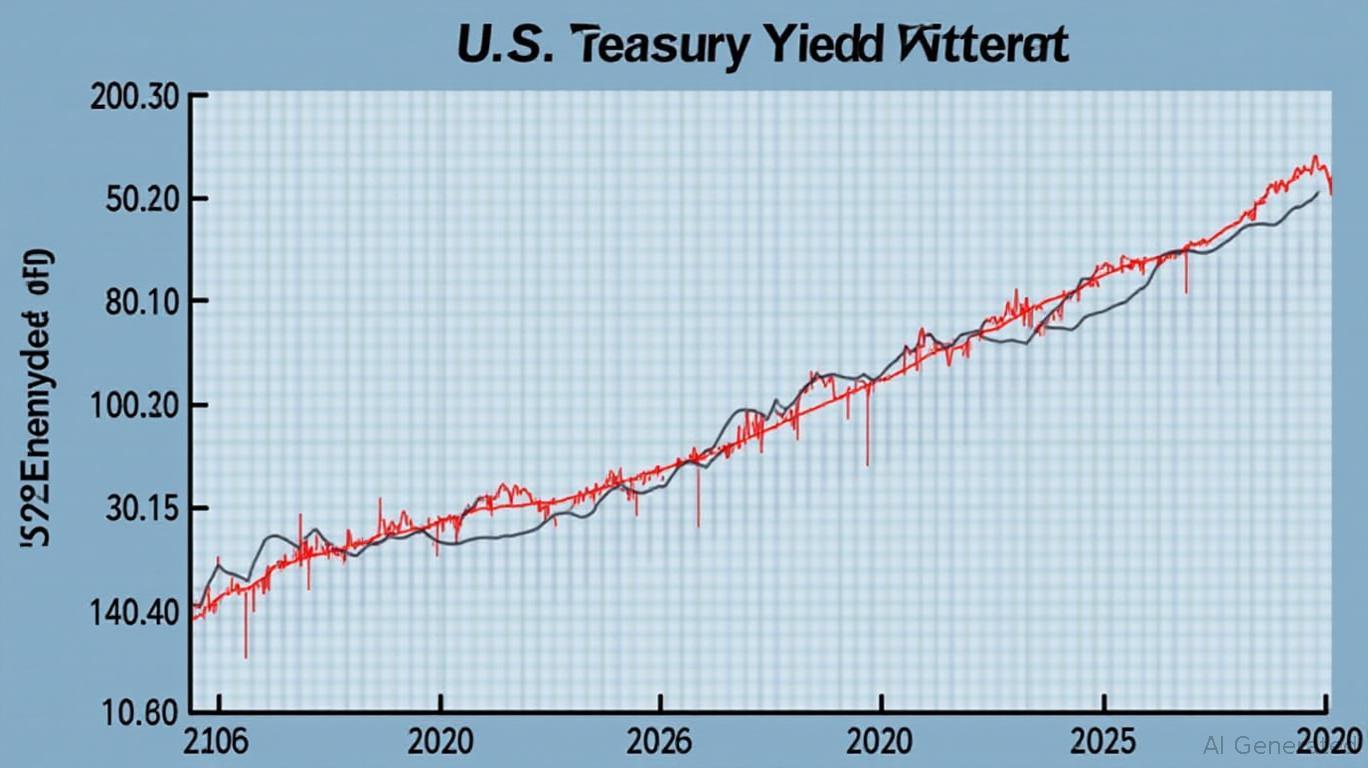The Fed Holds Firm: Navigating Uncertainty in a Market Betting on Cuts
The Federal Reserve’s decision to keep interest rates unchanged at its March meeting has sent ripples through financial markets, where traders had priced in a 70% chance of a cut by year-end. While Wall Street has grown accustomed to the Fed’s pivot from hawkish rate hikes to pauses, the central bank’s resolve to maintain its target range of 4.5%–4.75% reflects a nuanced balancing act between taming inflation and avoiding a policy misstep. For investors, the disconnect between the Fed’s messaging and market expectations creates both opportunities and risks.
At the heart of the Fed’s stance is its assessment of inflation. While headline CPI has cooled to 5.0% year-over-year—a marked decline from 9.1% in June 2023—core inflation, which excludes volatile food and energy prices, remains stubbornly elevated at 5.5%. The labor market, too, continues to defy expectations, with the unemployment rate holding at a 50-year low of 3.4%. As Chair Jerome Powell noted in his post-meeting press conference, “The economy is not in a recession, and the Fed is not on hold—it’s assessing.”
The market’s bet on cuts, however, is rooted in a different narrative. Investors are pricing in a Fed that will eventually capitulate to slowing growth, particularly as corporate earnings forecasts for 2024 have been trimmed by 5% since January. The yield curve, which has inverted for over a year, signals persistent pessimism about near-term growth. A 10-year Treasury yield of 3.6% versus a 2-year note at 4.2% underscores this tension.

For equity investors, the Fed’s stance has created sector-specific headwinds. Rate-sensitive sectors like technology and real estate—once buoyed by the promise of lower borrowing costs—are now under pressure. The Nasdaq 100, which had rallied 28% in 2023, has stalled this year, with companies like Apple and Microsoft now facing skepticism over their ability to sustain growth in a high-rate environment. Meanwhile, banks like JPMorgan and Bank of America, which benefit from steeper yield curves, have outperformed, though their gains have been capped by lingering concerns about credit quality.
The Fed’s dilemma is twofold. On one hand, premature cuts could risk a resurgence in inflation, particularly if the labor market’s resilience spurs wage growth. On the other, prolonged high rates risk exacerbating regional bank stress or triggering a recession. The central bank’s “data-dependent” approach hinges on metrics like the May employment report and June CPI print, which will determine whether the Fed’s patient stance holds.
Geopolitical risks add another layer of uncertainty. China’s economic recovery, which has shown flickers of life in recent months, remains uneven, while energy markets face volatility from OPEC+ production cuts. These external factors could force the Fed into a reactive posture, complicating its forward guidance.
Investors, meanwhile, must navigate this ambiguity with a dual strategy. On the defensive side, quality stocks with strong balance sheets—such as consumer staples giants Procter & Gamble or Coca-Cola—and dividend-paying utilities like NextEra Energy offer stability. In sectors like healthcare, where innovation-driven companies like Regeneron or Moderna are less rate-sensitive, there may be upside.
Aggressive investors might consider cyclical sectors like industrials or materials if the Fed eventually relents, but such bets require strict risk management. The key metric to watch is the 3-month Treasury bill rate, which currently sits at 4.6%—a level that, if sustained, could signal the Fed’s commitment to its path.
In conclusion, the Fed’s refusal to cut rates has narrowed the window for market complacency. With inflation still above target and the labor market defying gravity, investors should prepare for a prolonged period of low returns and heightened volatility. The central bank’s patience may yet prove justified, but in an environment where 70% of the S&P 500’s earnings come from sectors sensitive to rate changes, the stakes are high. As the old Wall Street adage goes: Don’t fight the Fed—unless the Fed is fighting itself.
The next few months will test both the Fed’s resolve and the market’s mettle. For now, the best strategy remains a diversified portfolio anchored in fundamentals—a lesson that history, from the 2000 dot-com bubble to the 2008 crisis, has repeatedly reinforced.



_219eac971750077834984.jpeg)






